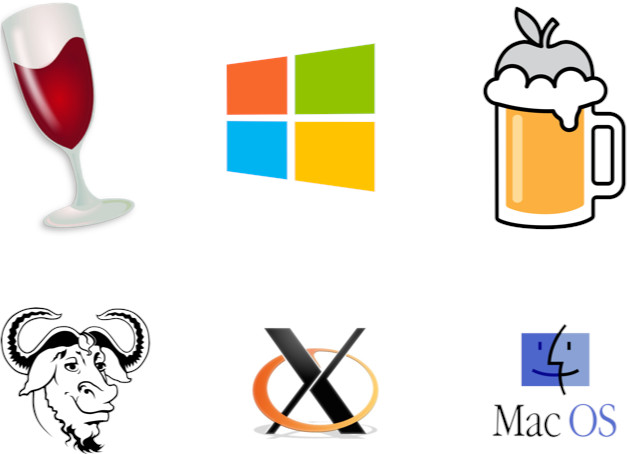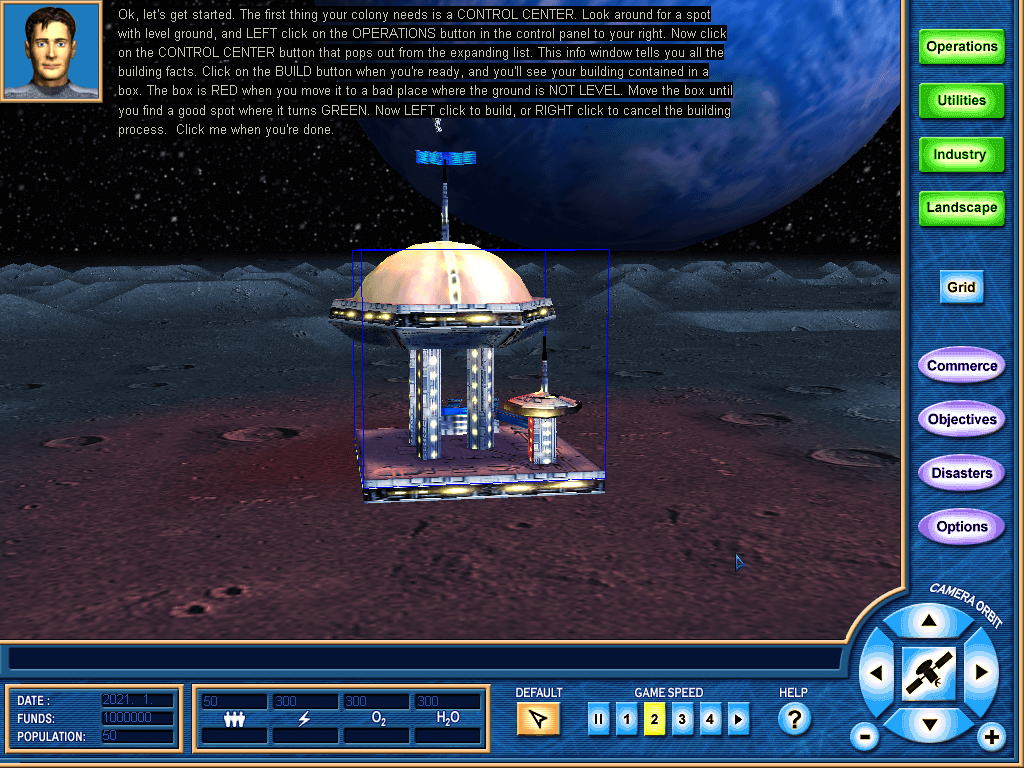Instructions for a supported install of Homebrew are on the homepage.
For the unfamiliar, Homebrew is an open source package manager that allows advanced users to easily install and run a wide variety of command line tools and apps on the Mac within the Terminal. It’s quite popular with developers, sysadmins, network admins, infosec, unix and linux fans, and even just the geekier folks among us. To install 'cabextract', open a Terminal window and issue the command: brew install cabextract; 3. Install Jet 4.0 Database Engine. Using 'Finder', display the Applications folder. Double-click on 'Wine' (or 'Wine Stable') to open a Terminal window configured to use the Wine environment. In the Terminal window, issue the command. $ brew install wget Homebrew installs packages to their own directory and then symlinks their files into /usr/local. $ cd /usr/local $ find Cellar Cellar/wget/1.16.1 Cellar/wget/1.16.1/bin/wget Cellar/wget/1.16.1/share/man/man1/wget.1 $ ls -l bin bin/wget -./Cellar/wget/1.16.1/bin/wget. Use Homebrew.Homebrew installs a list of useful packages that don't come pre-installed on Macs (view the list of packages on Homebrew's website). Paste the following command into your terminal to install Homebrew.
This script installs Homebrew to its preferred prefix (/usr/localfor macOS Intel, /opt/homebrew for Apple Silicon) so thatyou don’t need sudo when youbrew install. It is a careful script; it can be run even if you have stuffinstalled in /usr/local already. It tells you exactly what it will do beforeit does it too. You have to confirm everything it will do before it starts.
macOS Requirements
- A 64-bit Intel CPU or Apple Silicon CPU 1
- macOS Mojave (10.14) (or higher) 2
- Command Line Tools (CLT) for Xcode:
xcode-select --install,developer.apple.com/downloads orXcode3 - A Bourne-compatible shell for installation (e.g.
bashorzsh) 4
Git Remote Mirroring
You can set HOMEBREW_BREW_GIT_REMOTE and/or HOMEBREW_CORE_GIT_REMOTE in your shell environment to use geolocalized Git mirrors to speed up Homebrew’s installation with this script and, after installation, brew update.
The default Git remote will be used if the corresponding environment variable is unset.
Alternative Installs
Linux or Windows 10 Subsystem for Linux

Check out the Homebrew on Linux installation documentation.
Untar anywhere
Just extract (or git clone) Homebrew wherever you want. Just avoid:
- Directories with names that contain spaces. Homebrew itself can handle spaces, but many build scripts cannot.
/tmpsubdirectories because Homebrew gets upset./swand/opt/localbecause build scripts get confused when Homebrew is there instead of Fink or MacPorts, respectively.
However do yourself a favour and install to /usr/local on macOS Intel, /opt/homebrew on macOS ARM,and /home/linuxbrew/.linuxbrew on Linux. Some things maynot build when installed elsewhere. One of the reasons Homebrew justworks relative to the competition is because we recommend installinghere. Pick another prefix at your peril!
Multiple installations
Create a Homebrew installation wherever you extract the tarball. Whichever brew command is called is where the packages will be installed. You can use this as you see fit, e.g. a system set of libs in /usr/local and tweaked formulae for development in ~/homebrew.
Install Wine On Mac Homebrew Download
Uninstallation
Uninstallation is documented in the FAQ.
1 For 32-bit or PPC support seeTigerbrew.
2 10.14 or higher is recommended. 10.9–10.13 aresupported on a best-effort basis. For 10.4-10.6 seeTigerbrew.
3 Most formulae require a compiler. A handfulrequire a full Xcode installation. You can install Xcode, the CLT, or both;Homebrew supports all three configurations. Downloading Xcode may require anApple Developer account on older versions of Mac OS X. Sign up for freehere.
4 The one-liner installation method found onbrew.sh requires a Bourne-compatible shell (e.g. bash orzsh). Notably, fish, tcsh and csh will not work.

Translations of this page:Français (Translators, please see Discussion page.)
Installing WineHQ packages
Official WineHQ packages of the development and stable branches are available for macOS 10.8 to 10.14 (Wine won't work on macOS Catalina 10.15). Please test these packages and report any bugs at http://bugs.winehq.org.
Prerequisites:
- XQuartz >= 2.7.7 to 2.7.11
- Gatekeeper must not be set to block unsigned packages.
Installing:
Both .pkg files and tarball archives are available at https://dl.winehq.org/wine-builds/macosx/download.html.
Installing from a .pkg file is recommended for inexperienced users.
To install from a .pkg file, double-click on the package, and the usual macOS installer wizard should open. The process should be self-explanatory. It is possible to install the package either for all users (needs administrator privileges), or just for your current user. After the installation is finished, you should find an entry 'Wine Staging' or 'Wine Devel' in your Launchpad. By clicking on it, a new Terminal window opens with a short introduction into some important wine commands. You can now directly start wine/winecfg/... from the Terminal, as the PATH variable is set correctly. For user convenience, the package also associates itself with all *.exe files, which means you can run windows executables just by double-clicking on them.
To install from a tarball archive, simply unpack it into any directory. There is no need to set DYLD_* environment variables; all paths are relative, so it should work as long as the directory structure is preserved (you can skip the /usr prefix though using --strip-components 1).
For more information, see https://www.winehq.org/pipermail/wine-devel/2015-December/110990.html and https://www.winehq.org/pipermail/wine-devel/2016-January/111010.html.
Installing Winehq packages using homebrew
Winehq packages can be installed using homebrew
XQuartz can be installed using;
To install wine the following command can be used;
wine-stable, wine-devel or wine-staging packages can be installed using the above example.The advantage of installing via homebrew means wine is available from a standard terminal sessionThe --no-quarantine line to used to above brew adding the quarantine bit
Building Wine
See Building Wine on macOS

Uninstalling Wine
- Remove the source tree and binaries.
Using Homebrew:
Using MacPorts, uninstall the wine package you previously installed:
Replace wine with wine-devel if you installed the development version.

Otherwise and if you used `sudo make install`, revert it:
Then simply delete your local Wine source code directory:
- Clean-up pseudo C: drive and registry entries as well as all programs installed to C:
- Check the hidden directory `$HOME/.local/` where Wine stores some desktop menu entries and icon files as it interoperates with the X.Org Foundation and the Free Desktop.
Note: Files in this directory are unused on macOS unless you use a UNIX window manager and other X11 applications instead of the native MacOS apps.
Third Party Versions
Third party versions of Wine, such as Wineskin, Winebottler, and PlayOnMac, are not supported by WineHQ. If you are using one of those products, please retest in plain Wine before filing bugs, submitting AppDB test reports, or asking for help on the forum or in IRC.